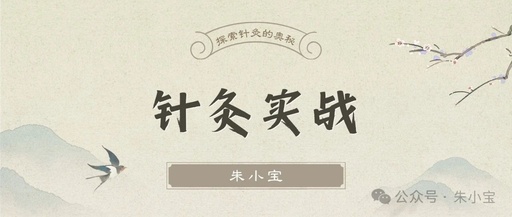Hello everyone, today I will discuss the topic of Luo vessels, which I have wanted to talk about for a long time. However, I always felt that I did not have enough clinical experience and feedback, and it seemed incomplete. Today, I will share some of the very effective methods I use. Before discussing Luo vessels, let me talk about Shang Han Lun (Treatise on Cold Damage).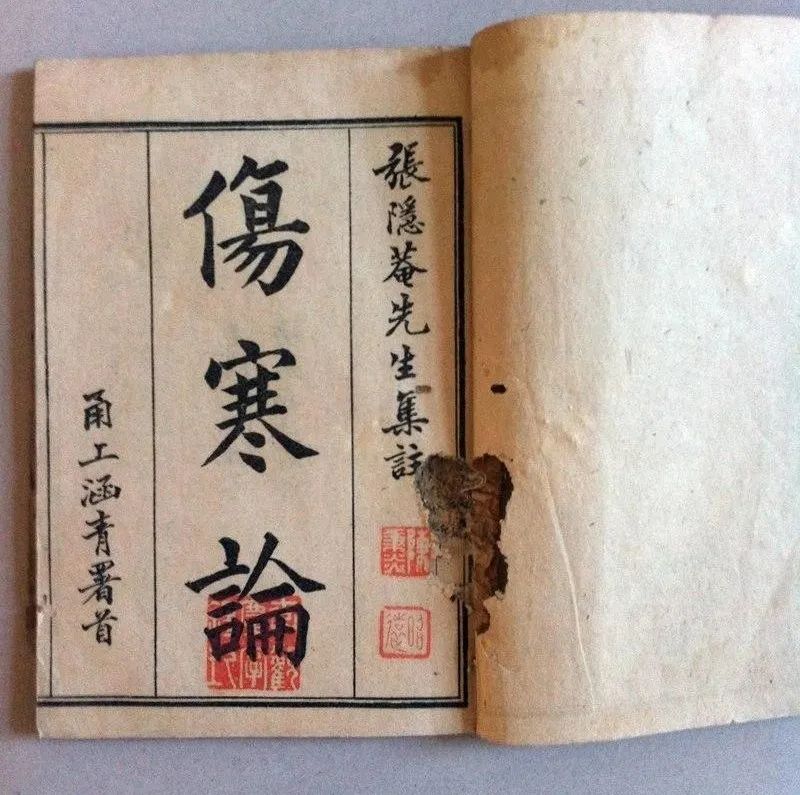 Why do I mention Shang Han Lun before discussing Luo vessels? Think about it, what are meridians? The pathways through which Qi flows within the body. Shang Han Lun is the earliest book on syndrome differentiation and treatment, laying the foundation for TCM syndrome differentiation.From this perspective, if the meridians were the paths laid out during the Huangdi Neijing (Yellow Emperor’s Inner Canon) era, then Shang Han Lun tells you how to navigate these paths. Therefore, its significance is often greater. Before entering school, the four great classics, especially the Huangdi Neijing, were often discussed to the point of exhaustion. However, why is Shang Han Lun important? No one has really explained it. I believe the importance of Shang Han Lun lies not only in being one of the earliest formula books but also in the fact that many people use it merely as a formula book, losing its essence. This book is not just a dictionary; it is also a narrative.There was a patient with insomnia who consulted many doctors. Many doctors prescribed Suan Zao Ren (Sour Jujube Seed) as the first herb. When he saw the third doctor, he asked, “Are you going to prescribe Suan Zao Ren? I have taken this medicine, and it does not work.” The doctor became very angry and asked him, “Are you a doctor or am I?” They prescribed Suan Zao Ren, but it did not work because the dosage was not sufficient. As a result, this person experienced acid reflux and insomnia, and the addition of one herb for one symptom can be quite harmful. Some people prescribe a formula for a symptom, for example, adding Xie Xin Tang (Drain the Heart Decoction) for a feeling of fullness, or adding Ge Gen Qin Lian Tang (Pueraria, Scutellaria, and Coptis Decoction) for diarrhea, or adding Xiao Chai Hu Tang (Minor Bupleurum Decoction) for alternating chills and fever. In the end, the total amount of medicine becomes very large.This is similar to the needle sea strategy in acupuncture.We do not have a complete thought process.This is why it is important to have a unified approach with a doctor.
Why do I mention Shang Han Lun before discussing Luo vessels? Think about it, what are meridians? The pathways through which Qi flows within the body. Shang Han Lun is the earliest book on syndrome differentiation and treatment, laying the foundation for TCM syndrome differentiation.From this perspective, if the meridians were the paths laid out during the Huangdi Neijing (Yellow Emperor’s Inner Canon) era, then Shang Han Lun tells you how to navigate these paths. Therefore, its significance is often greater. Before entering school, the four great classics, especially the Huangdi Neijing, were often discussed to the point of exhaustion. However, why is Shang Han Lun important? No one has really explained it. I believe the importance of Shang Han Lun lies not only in being one of the earliest formula books but also in the fact that many people use it merely as a formula book, losing its essence. This book is not just a dictionary; it is also a narrative.There was a patient with insomnia who consulted many doctors. Many doctors prescribed Suan Zao Ren (Sour Jujube Seed) as the first herb. When he saw the third doctor, he asked, “Are you going to prescribe Suan Zao Ren? I have taken this medicine, and it does not work.” The doctor became very angry and asked him, “Are you a doctor or am I?” They prescribed Suan Zao Ren, but it did not work because the dosage was not sufficient. As a result, this person experienced acid reflux and insomnia, and the addition of one herb for one symptom can be quite harmful. Some people prescribe a formula for a symptom, for example, adding Xie Xin Tang (Drain the Heart Decoction) for a feeling of fullness, or adding Ge Gen Qin Lian Tang (Pueraria, Scutellaria, and Coptis Decoction) for diarrhea, or adding Xiao Chai Hu Tang (Minor Bupleurum Decoction) for alternating chills and fever. In the end, the total amount of medicine becomes very large.This is similar to the needle sea strategy in acupuncture.We do not have a complete thought process.This is why it is important to have a unified approach with a doctor.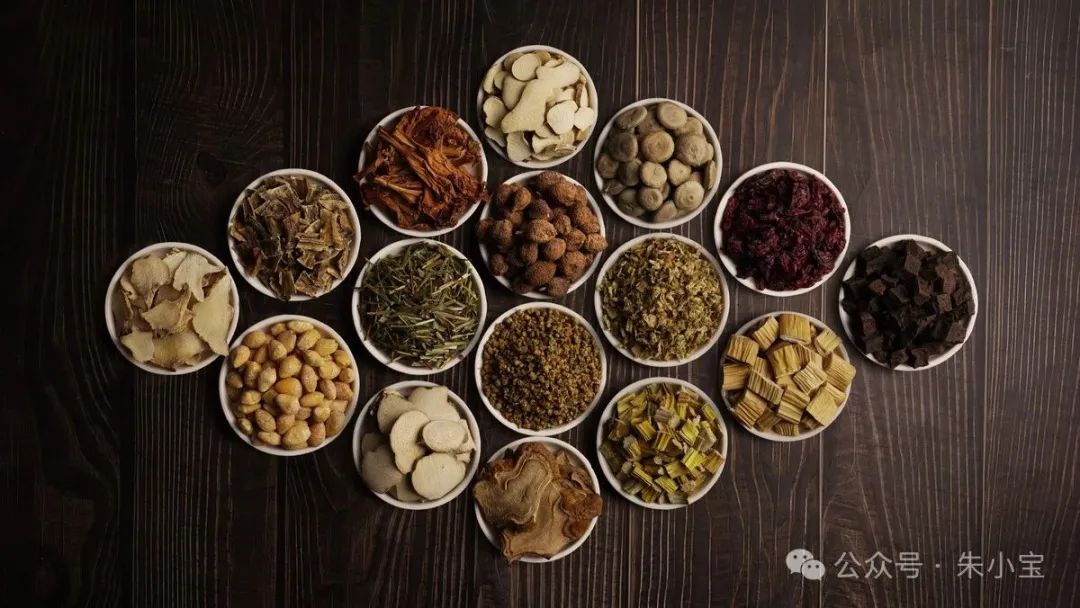 For example, with cough, what is the cause? Wind Cold. What is the location of the disease? Lung orifice. What is the pathogenesis? Failure of Lung Qi to disperse, Lung function is impaired, and so on. We cannot prescribe a formula, or there are many formulas that can be prescribed. When I was in college, I often used one formula, Xiao Chai Hu Tang plus Zhi Sou San (Stop Cough Powder), which would filter out patients unsuitable for that formula. Later, for a period, I only knew how to use that one formula. I once heard someone explain Shang Han Lun using the game Plants vs. Zombies. The Sun Meridian is like the big nut outside, which represents the exterior syndrome. After eating all the nuts, you enter the yard, which represents the half-exterior, half-interior syndrome, treated with Chai Hu formulas. Then you go further into the house, which directly leads to the three Yin syndromes.The bedroom represents Jue Yin, the kitchen represents Tai Yin, and the living room represents Shao Yin.If the zombie is a balloon zombie, it directly flies into the backyard. The external pathogen is likened to a zombie, the cause of the disease is the zombie, the location of the disease is whether the zombie is in your yard or bedroom, and the pathogenesis is what? The pathogenesis can be divided into three layers. The first is that when the external pathogen arrives, we must resist it; the second part is the hidden danger; the third part is our great landscape, which is our normal functioning mechanism. After the external pathogen enters, the changes in these three parts constitute the pathogenesis. Reversal, sinking, and external projection lead to the emergence of sound and force in opposition.The hidden danger can be discussed from the perspective of Six Qi, which includes Wind, Cold, Heat, Dampness, Dryness, and Fire. In addition to external pathogens, there are also internal factors. When external pathogens invade, the internal Six Qi will also change, which represents internal changes, the loss and change of Qi, Blood, Essence, and Body Fluids, like a broken railway line or canceled flights. This is actually the true state of war. When prescribing based on this state, the reason some people prescribe very accurately is that they have a precise grasp of Wind, Cold, Heat, Dampness, Dryness, and Fire, including their judgment of the Five Movements and Six Qi, and then based on the changes in your internal functioning, it is a comprehensive information and planning process. When you prescribe, you become a strategist.
For example, with cough, what is the cause? Wind Cold. What is the location of the disease? Lung orifice. What is the pathogenesis? Failure of Lung Qi to disperse, Lung function is impaired, and so on. We cannot prescribe a formula, or there are many formulas that can be prescribed. When I was in college, I often used one formula, Xiao Chai Hu Tang plus Zhi Sou San (Stop Cough Powder), which would filter out patients unsuitable for that formula. Later, for a period, I only knew how to use that one formula. I once heard someone explain Shang Han Lun using the game Plants vs. Zombies. The Sun Meridian is like the big nut outside, which represents the exterior syndrome. After eating all the nuts, you enter the yard, which represents the half-exterior, half-interior syndrome, treated with Chai Hu formulas. Then you go further into the house, which directly leads to the three Yin syndromes.The bedroom represents Jue Yin, the kitchen represents Tai Yin, and the living room represents Shao Yin.If the zombie is a balloon zombie, it directly flies into the backyard. The external pathogen is likened to a zombie, the cause of the disease is the zombie, the location of the disease is whether the zombie is in your yard or bedroom, and the pathogenesis is what? The pathogenesis can be divided into three layers. The first is that when the external pathogen arrives, we must resist it; the second part is the hidden danger; the third part is our great landscape, which is our normal functioning mechanism. After the external pathogen enters, the changes in these three parts constitute the pathogenesis. Reversal, sinking, and external projection lead to the emergence of sound and force in opposition.The hidden danger can be discussed from the perspective of Six Qi, which includes Wind, Cold, Heat, Dampness, Dryness, and Fire. In addition to external pathogens, there are also internal factors. When external pathogens invade, the internal Six Qi will also change, which represents internal changes, the loss and change of Qi, Blood, Essence, and Body Fluids, like a broken railway line or canceled flights. This is actually the true state of war. When prescribing based on this state, the reason some people prescribe very accurately is that they have a precise grasp of Wind, Cold, Heat, Dampness, Dryness, and Fire, including their judgment of the Five Movements and Six Qi, and then based on the changes in your internal functioning, it is a comprehensive information and planning process. When you prescribe, you become a strategist.
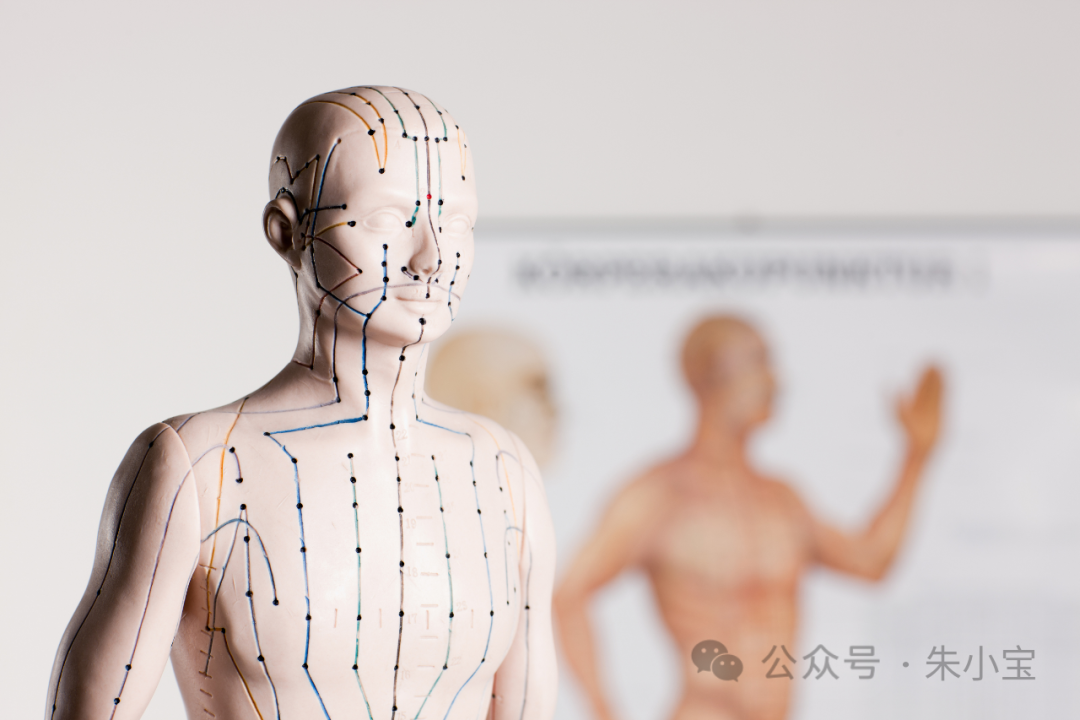
Jumping out of Shang Han Lun, let’s look at acupuncture. Acupuncture also requires understanding the cause, location, and pathogenesis of the disease. I use many techniques, including auricular acupuncture, scalp acupuncture, and eye acupuncture. You will find that my acupuncture has very good short-term effects, but for some diseases, the long-term effects are not good. However, in the long run, while the external pathogens are eliminated, the five zang organs, six fu organs, and seven emotions have not been adjusted, so the disease recurs. This is why my techniques have become purer over time, incorporating warming acupuncture, thread embedding, and so on.Returning to Luo vessels, the twelve regular meridians and eight extraordinary vessels we see are just typical examples and not the entirety. Beyond these, the connecting factor is the Luo vessels. Recently, I have been reading a book called Fascia Studies, which seems to be out of print. From a biological evolution perspective, it discusses the changes in the operation of human meridians. It cannot be said to be entirely correct, but it provides an advanced thought process. In fact, when you look at the human body from any angle, it is composed of three layers.When you look at microorganisms under a microscope, it is also three layers. If we trace back, flattening our organs and connective tissues into a football field-sized three layers, and then reshaping it into a human form, you will find that these three layers are merely increased with a large number of folds and folds. When we treat, can we start simply to address these complex issues? Between these folds, there are adhesions and more energy conduction and information transmission processes. This is what jumps out of the twelve meridians. The straight is the channel, and the straight and horizontal is the Luo.I heard an old gentleman say that Luo vessels can be divided into five types: Floating Luo, Straight Luo, Oblique Luo, Cross Luo, and Scatter Luo. Today, we will only discuss two, Straight Luo and Cross Luo, which are the two I use the most and find most effective. Of course, I also frequently use Floating Luo, which is used for bloodletting.
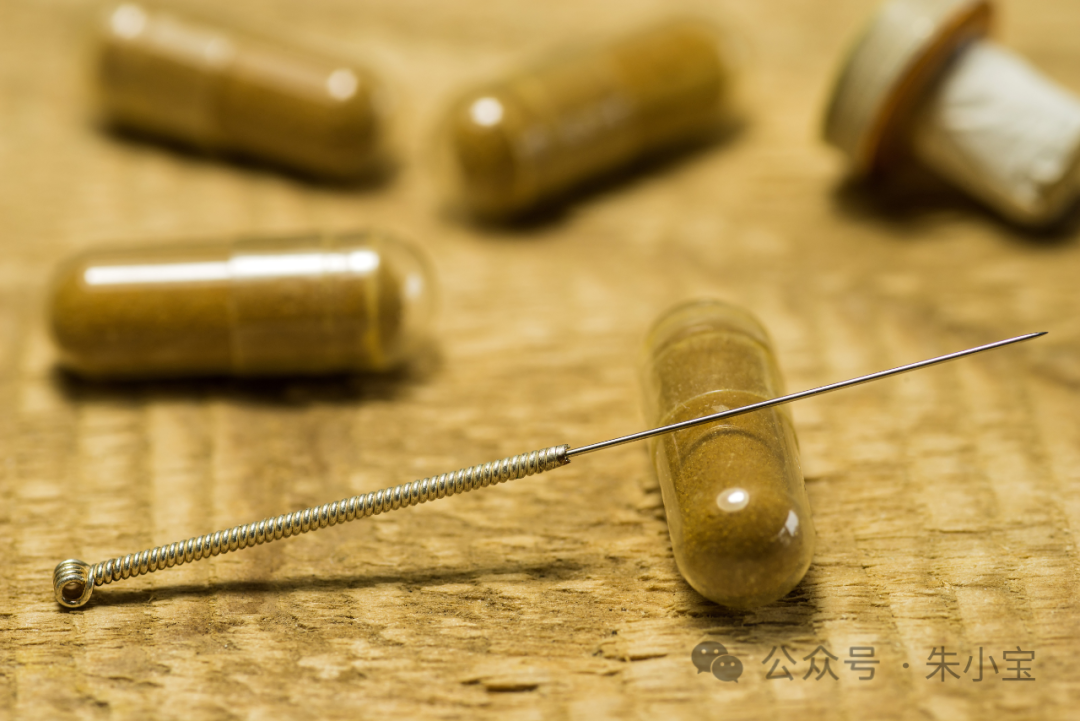
Everyone, take a look at Jie Luo, which we refer to as the Dai Mai (Belt Vessel), and the circular vessels parallel to the Dai Mai are called Jie Luo.If we deconstruct it holographically, we can break it down into many parts. How do we use this in treatment? For example, if there is severe pain in the chest, with superficial pain, we can use Jie Luo, find the corresponding point on the back, and then needle the superficial layer, without going too deep, or use manual techniques to relieve it.This is the outer layer; if there is palpitations or cough, it is not superficial anymore, it is internal. Can we still use Jie Luo? There is a Luo called Straight Luo, which goes straight into the interior, like the spinal cord, which can be bent to penetrate inside.To treat cough, we can find very obvious reflex points on both sides of the scapula. Does applying medicine work? Yes, it does. External treatment in TCM is divided into three layers. The first type is a loose method similar to rolling egg therapy; the second type includes Gua Sha, massage, and manual techniques, which were not explicitly mentioned in ancient times, and this also belongs to the loose type. The highest level is acupuncture, which utilizes all aspects of tendons, muscles, skin, and bones, along with principles, methods, and prescriptions. Those loose methods are also effective, at least they can open the door. Nowadays, many patients have floating Luo vessels appearing. We perform bloodletting and cupping; floating Luo means the door is closed, and we open the door. Once you understand this system, various treatment methods become very simple. You just need to stimulate it, and it will work because the body has a self-healing system. When the door is closed, you knock on the door, and perhaps it will wake up.

